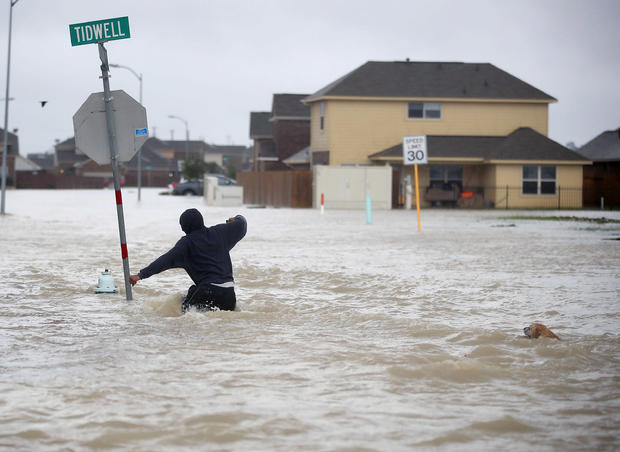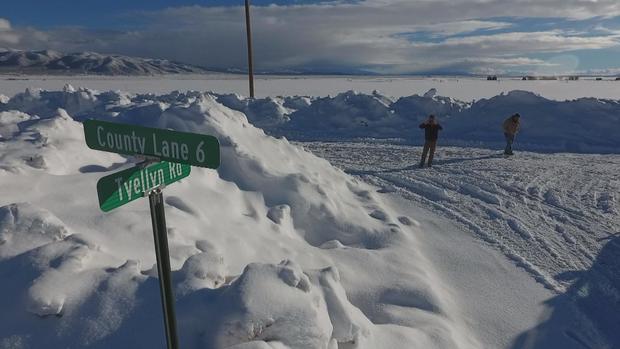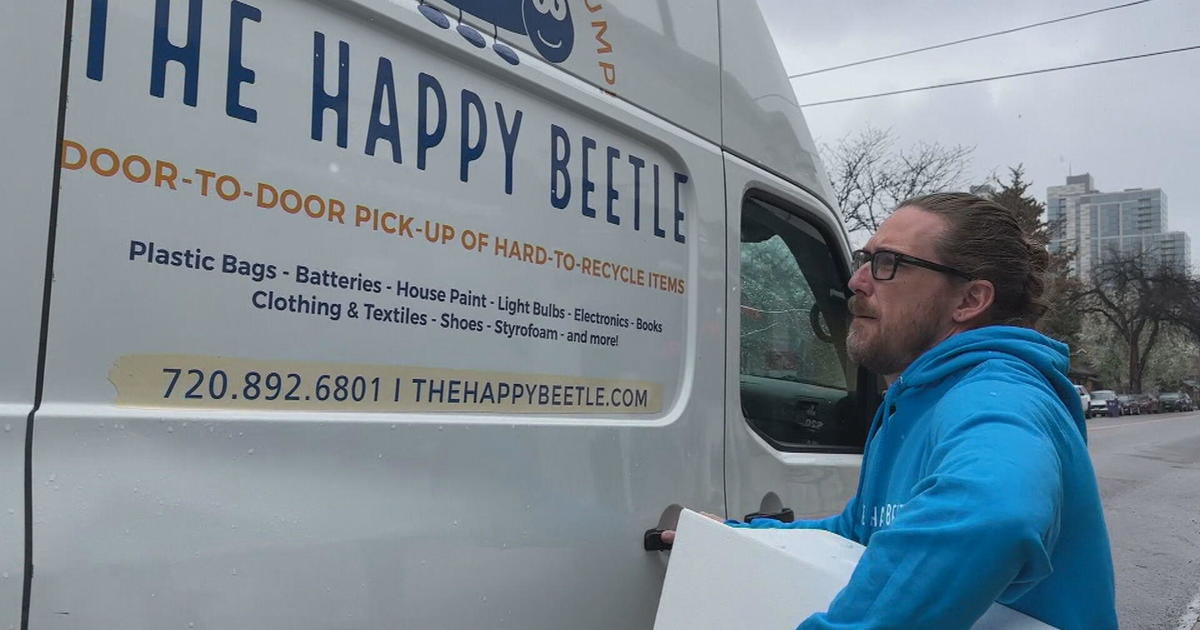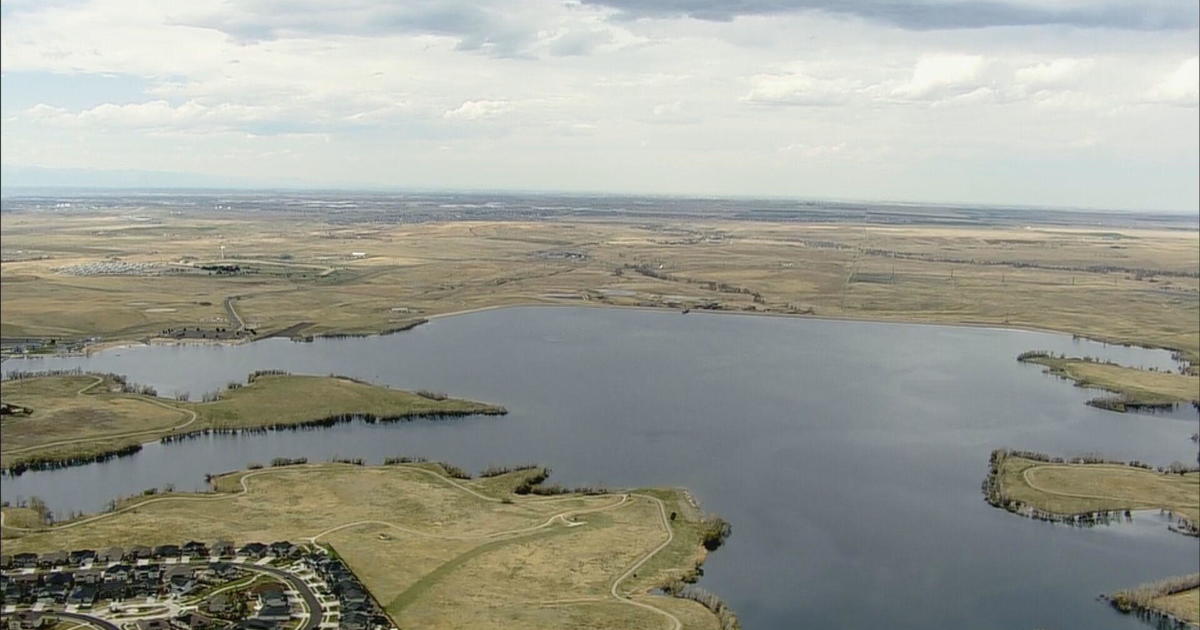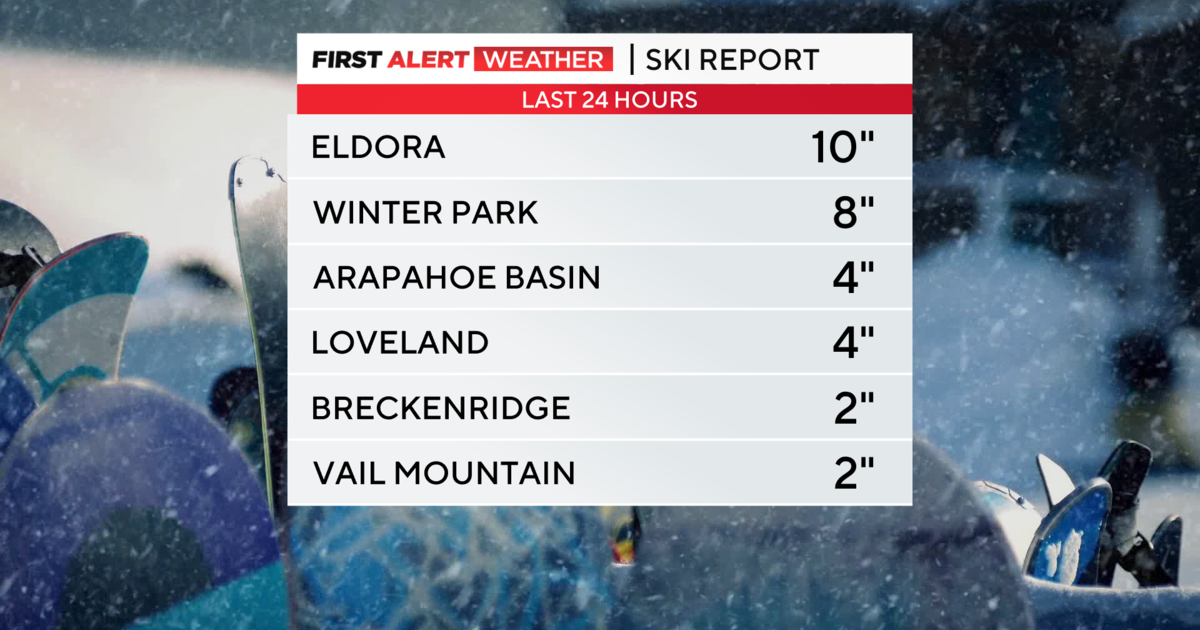Sorry, Harvey's Rain To Snow Fun To Consider, But Not Possible
By Chris Spears
DENVER (CBS4) - I've had several people ask me how much snow would fall in Colorado if we received Harvey's record 51.88 inches of rain.
So I'll play along and give the astounding numbers before offering a lesson in the atmosphere that will show this really isn't possible.
A super wet, soggy spring snowstorm (like March 2003) would drop just over 300 inches of snow if we were to see 51.88 inches of water. This is using a 6:1 ratio. But it would probably not measure up because wet snow is heavy and packs down.
Meanwhile, a very dry, fluffy mid-winter snow would yield almost 1,300 inches of snow if we saw 51.88 inches of water. This is using a 25:1 ratio.
But the reality is that this would never happen because the amount of water in the atmosphere has a direct relationship to air temperature. The warmer the air, the more water vapor it can hold, and thus the more precipitation it can produce.
In the case of Houston, the air temperature was in the 70s and the air was pretty much saturated throughout the storm thanks to an ample supply of water vapor from the Gulf of Mexico. (almost saturated meaning the air was holding almost all of the water vapor it could for the air temperature) A relative humidity of 100% would mean that the air was holding all of the water vapor possible for the current air temperature.
Combine copious amounts of available water vapor with efficient precipitation processes inside a cloud and the result is biblical amounts of rain.
But for air cold enough to support snow, let's say in the upper 20s or lower 30s at the surface, even if saturated, it would only be able to produce about a fifth of the amount of the water generated by Hurricane Harvey, at best.
It goes back to the relationship of water vapor capacity to air temperature.
The colder the air, the less water vapor it can hold, and thus the amount of rain or snow made by a cloud is much less than when dealing with warmer temperatures. It's important to note that this is an exponential relationship, so for every degree the air warms, its capacity to hold water vapor grows exponentially.
Of course there is that old saying of never say never! I suppose it would be possible for a storm to stall and generate mind-blowing record snow in Colorado. Well, we did see that in March 2003! But it'd have to be one heck of a storm to create snow equivalent to Harvey's water.
Meteorologist Chris Spears travels weekly in the CBS4 Mobile Weather Lab reporting about Colorado's weather and climate. Check out his bio, connect with him on Facebook or follow him on Twitter @ChrisCBS4.
